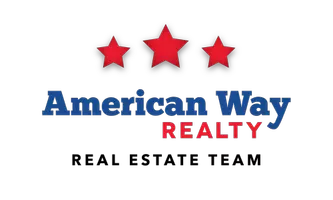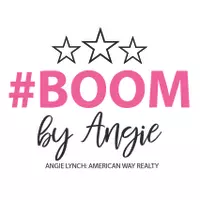Financing Your Home Purchase: What Every Buyer Should Know

💰 Financing Your Home Purchase: What Every Buyer Should Know
Buying a home is one of the biggest financial decisions you’ll ever make—and understanding your financing options is key to making a confident, informed move. Whether you’re a first-time buyer or you’ve purchased before, let’s break down some of the most important aspects of home financing: mortgage types, interest rates, down payments, and pre-qualification vs. pre-approval.
🏠 Mortgage Types: What Are Your Options?
Conventional Loans:
These are not backed by the government and typically require a higher credit score and down payment. However, they offer flexible terms and can be a great option if you have strong credit.
FHA Loans:
Backed by the Federal Housing Administration, FHA loans are ideal for first-time buyers or those with lower credit scores. They allow down payments as low as 3.5%.
VA Loans:
Available to veterans, active-duty military, and certain members of the National Guard and Reserves, VA loans often require no down payment and no private mortgage insurance (PMI).
USDA Loans:
These are for buyers in eligible rural or suburban areas and may also offer no down payment options, with low mortgage insurance costs.
Adjustable-Rate Mortgages (ARMs):
These loans start with a fixed interest rate for a set number of years, then adjust based on market rates. ARMs can offer lower initial payments but come with future uncertainty.
📉 Interest Rates: Fixed vs. Adjustable
Fixed-Rate Mortgages:
These loans lock in your interest rate for the life of the loan (usually 15 or 30 years). They offer stability and predictability, making budgeting easier.
Adjustable-Rate Mortgages (ARMs):
As mentioned above, these start with a lower interest rate for a few years, then adjust annually. They can be advantageous if you plan to move or refinance before the rate adjusts.
➡️ Pro Tip: Even a small difference in interest rate can significantly impact your monthly payment and the total interest paid over time.
💵 Down Payments: How Much Do You Need?
There’s a common myth that you need 20% down to buy a home. While that’s ideal (and can help you avoid PMI), many buyers put down much less:
-
Conventional loan minimum: 3–5%
-
FHA loan minimum: 3.5%
-
VA and USDA loans: 0% down
Keep in mind that putting more money down upfront can reduce your monthly mortgage payment and save you interest over the life of the loan.
✅ Pre-Qualification vs. Pre-Approval: Know the Difference
Pre-Qualification:
This is an initial estimate of how much you might be able to borrow. It’s usually based on self-reported income and credit info. It’s helpful for early planning but not a guarantee.
Pre-Approval:
This is a stronger step that involves submitting documents (like tax returns, W-2s, and credit reports) to a lender. You’ll get a pre-approval letter stating how much you're approved to borrow, which makes you a more serious buyer in the eyes of sellers.
➡️ Bottom line: Always aim to get pre-approved before you start seriously house hunting. It shows you're ready to move quickly when you find the right home.
Need Help Navigating the Process?
Every buyer’s financial situation is unique. Working with an experienced real estate agent (hi, that’s me!) and a trusted lender can help you explore your options, understand the fine print, and choose the best path forward.
If you’re thinking about buying or just have questions, reach out anytime—I’m here to help you every step of the way.
📲 Let’s Connect:
Text or call me at 507.381.8961, or shoot me a message to get started.
Categories
Recent Posts
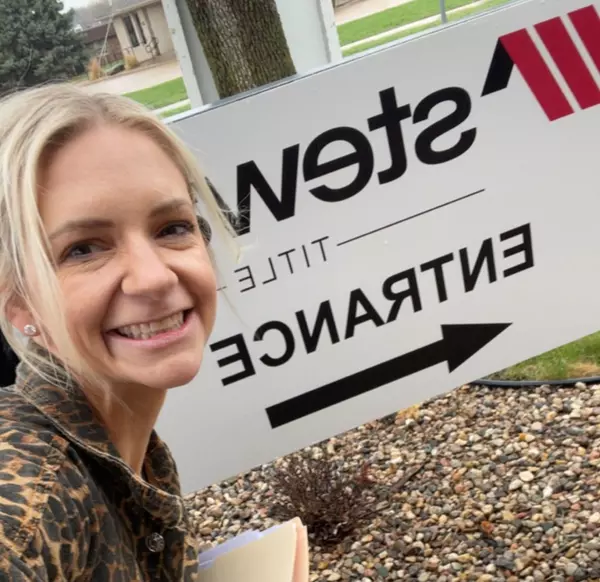
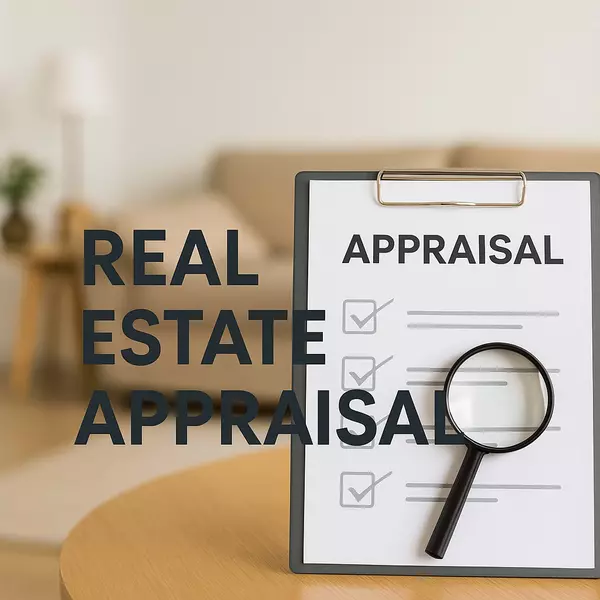
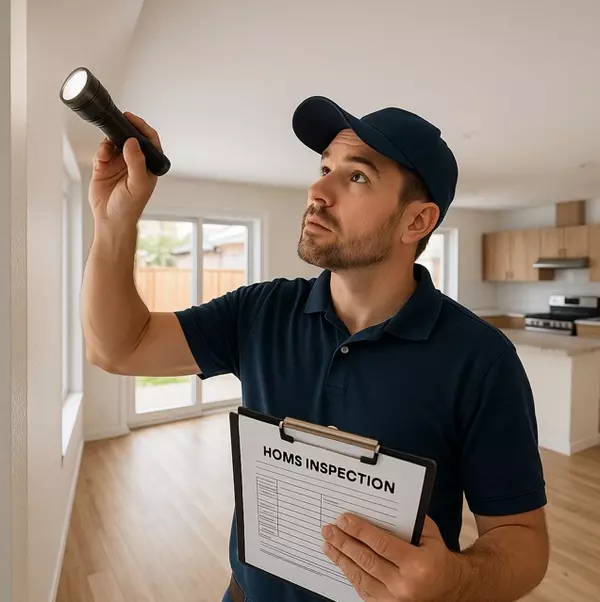

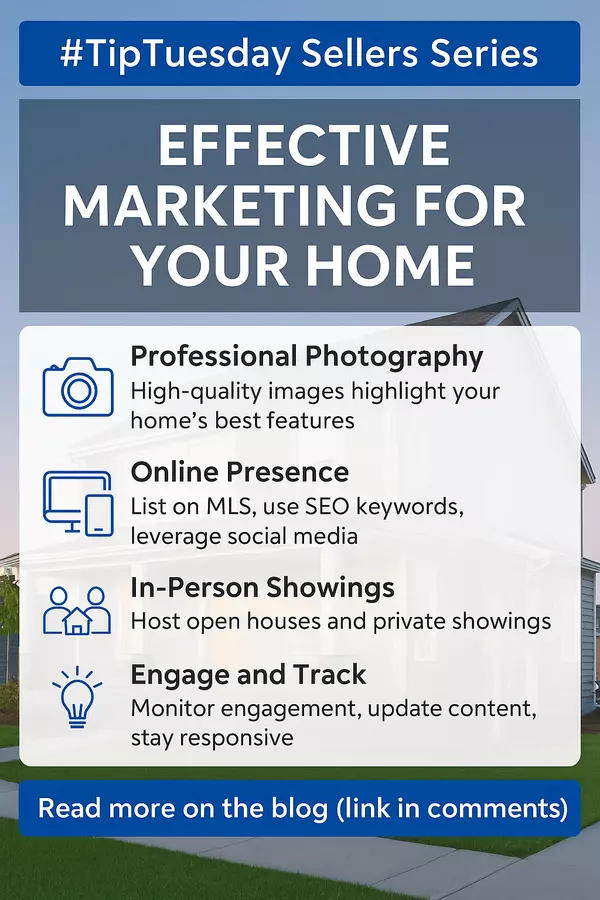



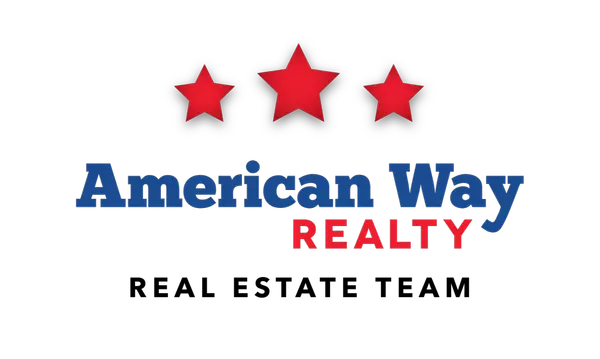
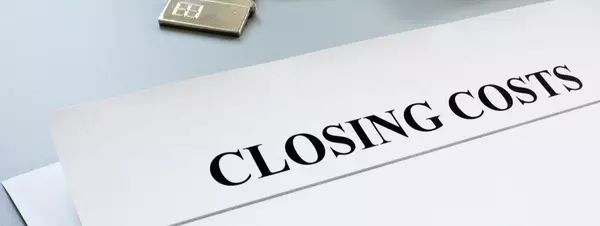
Leave a Reply
Broker Associate | License ID: 40352569
